
Famously known as the “Land Down Under,” Australia has become one of the world’s most developed countries due to its high-income economy, abundant natural resources, and hard-working people. Most of the country’s citizens enjoy a greater quality of life with public health care and other various civil liberties.
Australian history starts with Aboriginal Australians.
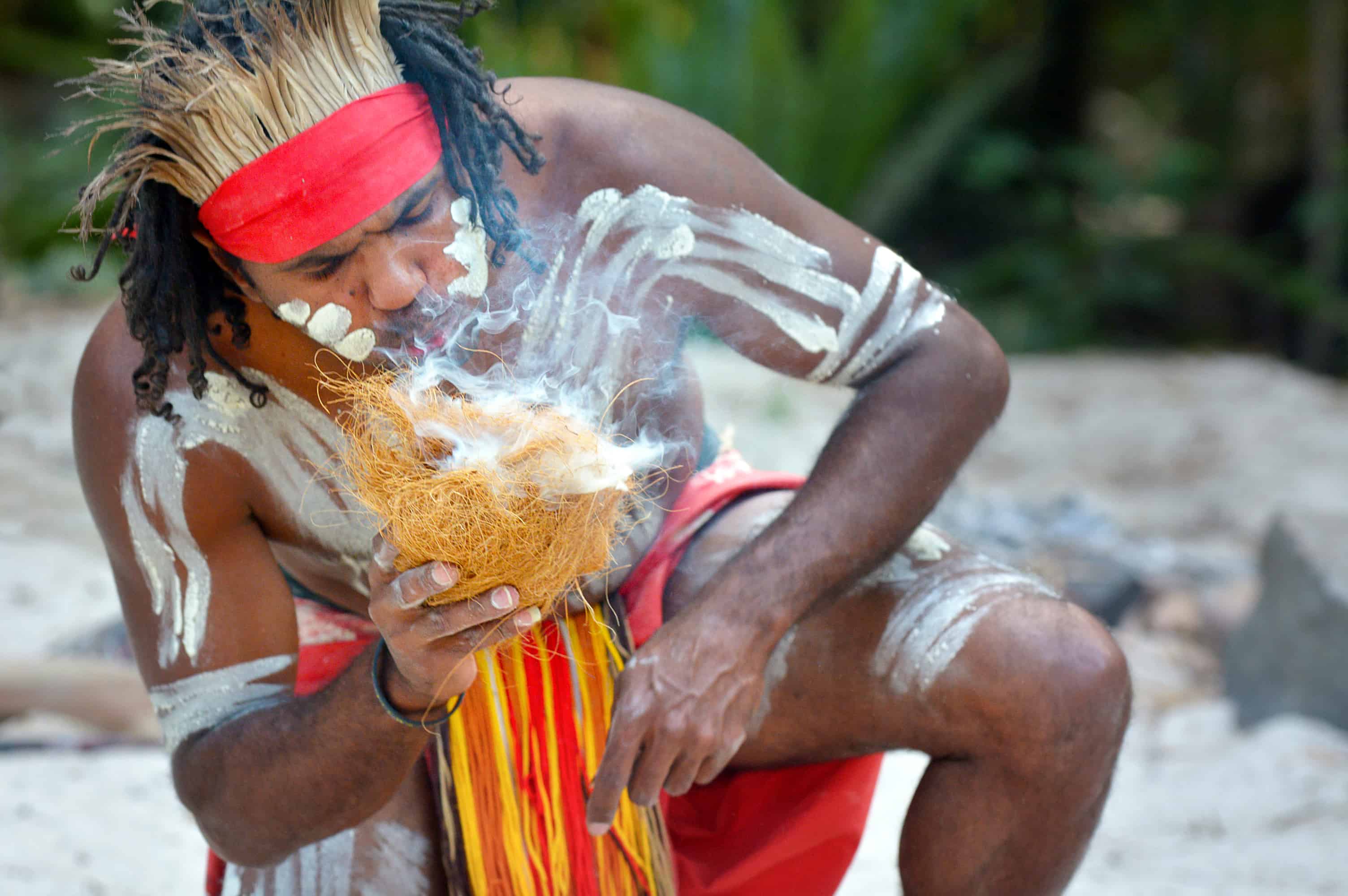
Aboriginal Australians were the first people that were living on Australia’s land. They were mostly hunter-gatherers, created hundreds to thousands of tribal societies, and had varied economies and cultures.
Australian Aboriginals are having Caucasoid and Negroid variation genome, but generally, they are closer to Caucasoid. Science shows that most of the Australians Aboriginal and Papuans genome can be traced back to the ''Out of Africa event'', so we can say that Australian Aboriginals are very mixed race.
Latest information on the analysis of maternal genetic lineages is showing that Australian Aboriginal people came to Australia land 65 000 years ago.
Aboriginal people didn’t have a name for the continent known as Australia. They had different names for the different parts of their traditional land. The only name they had for the continent was ‘’Indigenous’’ meaning “original inhabitant” in Latin.
The Dutch were the first Europeans to make landfall and contact with the indigenous people. During their time there, they mapped out the northern and western coastlines and named the land New Holland, they also named the neighbouring island New Zealand. Although the Dutch were adept at exploration they made little to no effort to settle in the continent.
A couple of decades later, James Cook landed on and mapped the island’s eastern coast and named it New South Wales, claiming it for Britain. Another couple of decades later, penal colonies from the First Fleet were set up in New South Wales for Britain and became the first European settlements on Australia.
Contrary to popular belief, the Europeans who settled in Australia were not all convicts. Other “free” colonies were settled in parts of Victoria, Queensland, Western Australia, and South Australia. Over the years, these colonies accepted the people from the penal colonies and vice-versa.
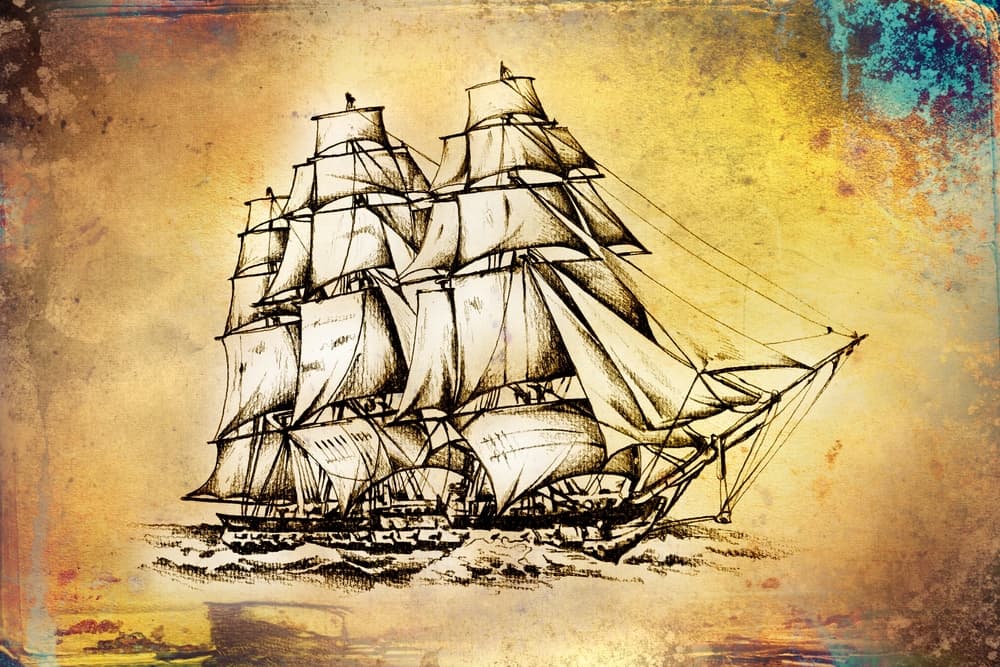
In 1606 the Dutch sailors were first Europeans that touched Australian land and other Dutch explorers followed very soon. Indigenous Australians (Aboriginal Australians) have inhabited the continent for tens of thousands of years before the arrival of Europeans. The Dutch explorer Willem Janszoon on his ship that was named Duyfken was first landed on the western side of Cape York Peninsula.
First Europeans arrived at Australia on 18 January 1788 from England. Eight days after the arrival of the British fleet on Australia’s ground at Botany Bay, the fleet moved to Port Jackson, where a settlement was established today known as Sydney, Australia’s biggest city. That date became Australia’s national day and it celebrates every year on the 26th of January.
Australia was originally planned to be a penal colony so that England could relive its overcrowded prisons. The first fleet was made of 11 ships,850 prisoners and the officers that were guarding them. The British government decided in October 1786, to establish an agricultural work camp on Australia’s land for British convicts. Still, there are some disagreements between historians do this settlement should be taken as an invasion or not.
The first ship called Duyfken captained by a Dutch sailor, Willem Janszoon made the first landfall on the coast of Cape York Peninsula on 26 February 1606, at the Pennefather River, near the town of Weipa on the Cape York Peninsula.
In the 1850s, a gold rush happened throughout the continent. Citizens from both penal and free colonies started panning and cradling for gold and eventually started to mine them. This event led to the start of Australia’s prosperity and population boom as it attracted the attention of many European immigrants. Today, Australia’s mining industry is still greatly contributing to its economy, even softening the blow when the world faced a financial recession.
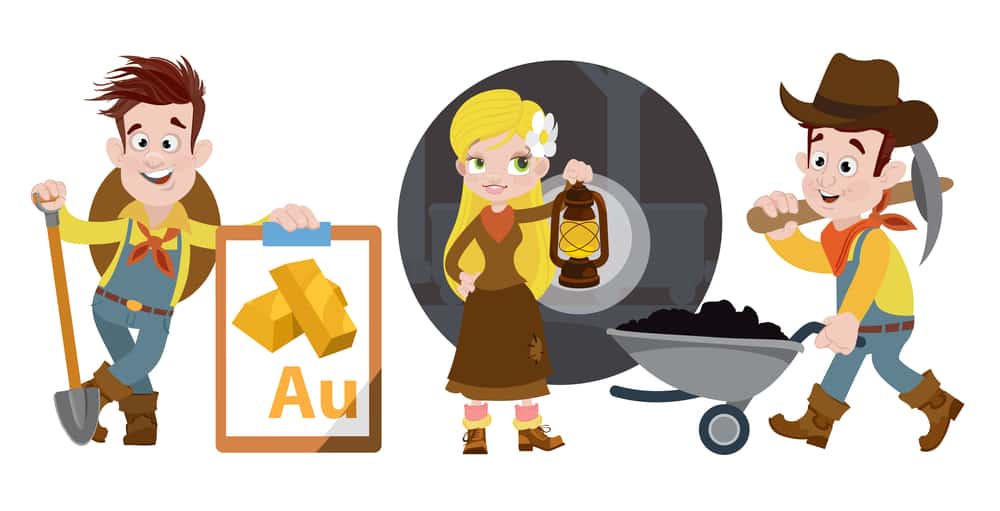
The Australian gold rush has been caused by the discovery of payable gold on many Australian territories like near Perth, Bathurst, New South Wales, state of Victoria and near Orange. This discovery had a huge impact on the country’s national identity. Edward Hammond Hargraves is generally credited with being the man who started the first Australian gold rush.
It is believed that during the gold rush gold was worth $20.67 per ounce.
The most gold was found at the state of Victoria and it was buried beneath the roots of a tree and under the layers of red clay. It has weighed 97.14 kilograms (3,123 oz) and it has measured 61 by 31 cm (24 by 12 in) dimensions. It has been discovered by prospectors Deason and Oates and they had been paid for that gold £9563, that is believed to be worth in today's money around 3-4 million $.
The life at diggings was very harsh. It was very hard to find drinkable water and very often water has been sold in buckets. Fruits and wedges were very expensive, we can almost say they were luxury. Sleeping conditions were also very cramped.
It’s really hard to decide what us Australia best known for because of its uniqueness, but we would say that all comes down to the natural wonders, beautiful and sometimes deadly nature, long and amazing beaches with wide and open spaces and the brilliant food. We can easily say that Australia really has one of the most unique foods in the whole world.
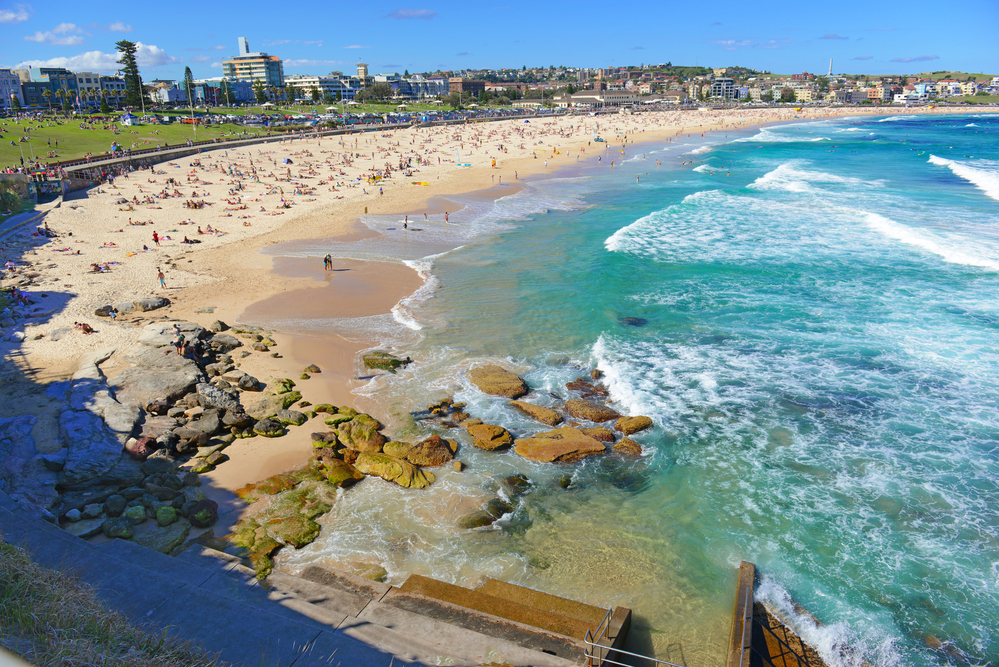
Australia prides itself with natural wonders, wide-open spaces, deserts, beaches and of course its unique climate. On the other side high quality of life, friendly nature of its residents and in a generally relaxed atmosphere and the moderate way of life will make any traveller fall in love in this beautiful country.
We could talk days about Australian food and still, there would be some things left unsaid about Aussie food. With an extensive choice of food that Australia has to offer, it is really hard to decide which food is iconically Australian. But we made a little list of Australian icons in food:
For 73% of the total population in Australia English is the language spoken in Australia according to the latest statistics.
That would be Davidson's plum, Kakadu plum, desert lime, finger lime, bush tomato, lemon aspen, muntries, Tasmanian pepper berry, quandong, and Illawarra plum.
Those would be Youlk, Kulyu, Sea parsley, Warrigal Greens.
By the latest researches studies shows that with 86 % of religious Australians declaring as the Christians, Christianity is the dominant religion in Australia.
The currency of Australia would be the Australian dollar or better known as Aussie.
Yes, it does snow in Australia. Winter in Australia is from June-August and Australian winters are mild. But it is not snowing in all parts of Australia. You can see snow in some parts of the south like at the aptly that is named ‘’Snowy Mountains’’ and Victoria's “High Country” region that is turning Australia into a true winter wonderland for three months.
Australia is spaced out and uncrowded country with an excellent economy, good healthcare system, casual lifestyle and very friendly people. Offering 3000 hours of sunshine every year you can enjoy the tasty and various food and big and beautiful beaches. Australia is a very sports based country also. The diversity is what drives this beautiful country.
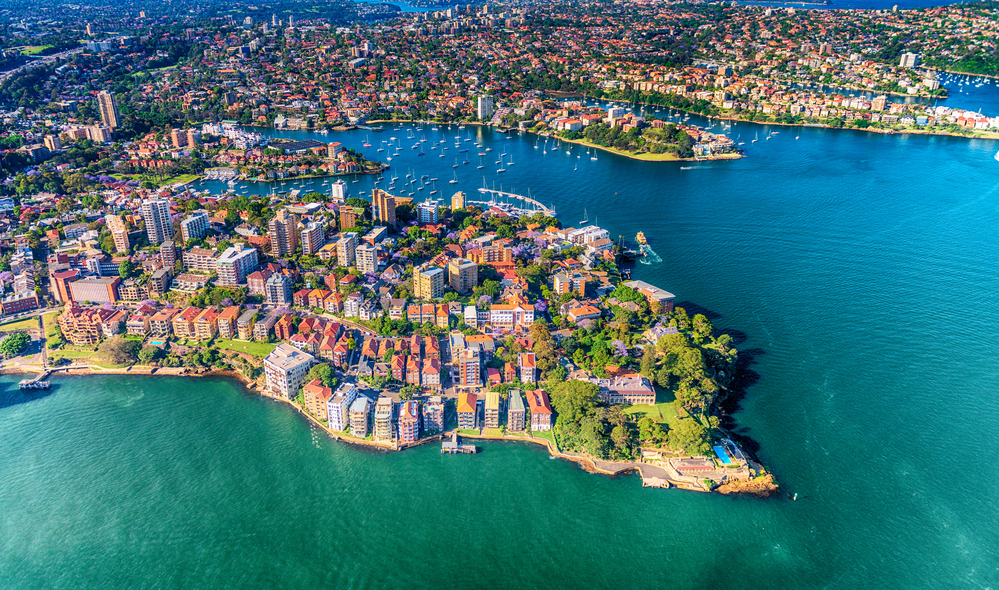
Australia is a very sport-based country and the most popular sports are Australian football, cricket and rugby league are the three most popular sports in Australia.
That would be Australian football, as Australians invented this sport so we can say that this sport is their national homeland sport. As it's not played anywhere else in the world we can also mention that Australians are the best in this sport.
Australian land is home to many dangerous and deadly animals and the list can be huge but we can say that the top three are Box jellyfish, Taipan snake and Saltwater crocodile. Also, we would like to mention that it is very unlikely that you will be attacked by these animals as they bite human only if they feel that they are in danger, in self-defence.
Representing forward and progressive thinking culture of Australia two animals were chosen to represent Australia, and those animals are kangaroo and emu because they can’t walk backwards.
You can find the symbols of these animals on the Australian Coat of Arms.
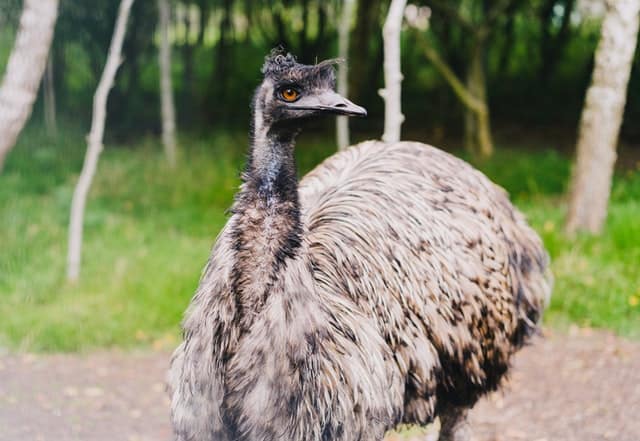
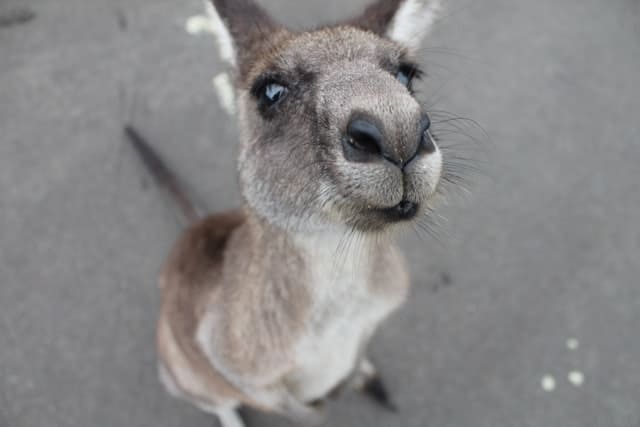
Like many other countries, Australia has divided its land with states and territories. Each of these lands has its own unique cultures and destinations, let’s take a look at what each of them has to offer.
New South Wales is the country’s first and most populous state. Its capital is Sydney, home of the modern architectural marvel, Sydney Opera House, and the tourist spot, Bondi Beach. James Cook named it ‘New South Wales’ because it reminded him of the Welsh landscape.
Queensland is one of the most geographically diverse places on Earth. The unique and diverse landscape in Queensland has given the state 5 of the country’s 19 World Heritage Sites, including one of the Wonders of Nature, The Great Barrier Reef. The state capital is Brisbane.
South Australia, also known as the Festival State, is often regarded as the country’s cultural hub because of its numerous cultural festivals. The state’s Mediterranean climate also allows it to make great wine. South Australia makes half of the country’s wine, making it an ideal place for connoisseurs. Their state capital is Adelaide.
Tasmania prides itself for having rich and natural landscapes, making it a great destination for backpackers and nature-lovers. The teeming flora also gives the state the cleanest air in the world. The state is also home to the Tasmanian devil, the largest carnivorous marsupial. The state capital is Hobart.
Victoria is one of the leading states when it comes to agriculture and manufacturing. The state exports high volumes of plant and animal products to other states and countries every year. The state capital is Melbourne. Melbourne was originally going to be named ‘Batmania’ after one of its founders, John Batman. The state also features a long and scenic road, the Victoria Ocean Road.
Western Australia is the country’s biggest state. Its size is not without purpose, too, as the state has the world’s biggest producers of gold, diamonds, and even pearls. The state capital is Perth, which boasts the most self-made millionaires per capita. Perth is also considered as the world’s most isolated city.
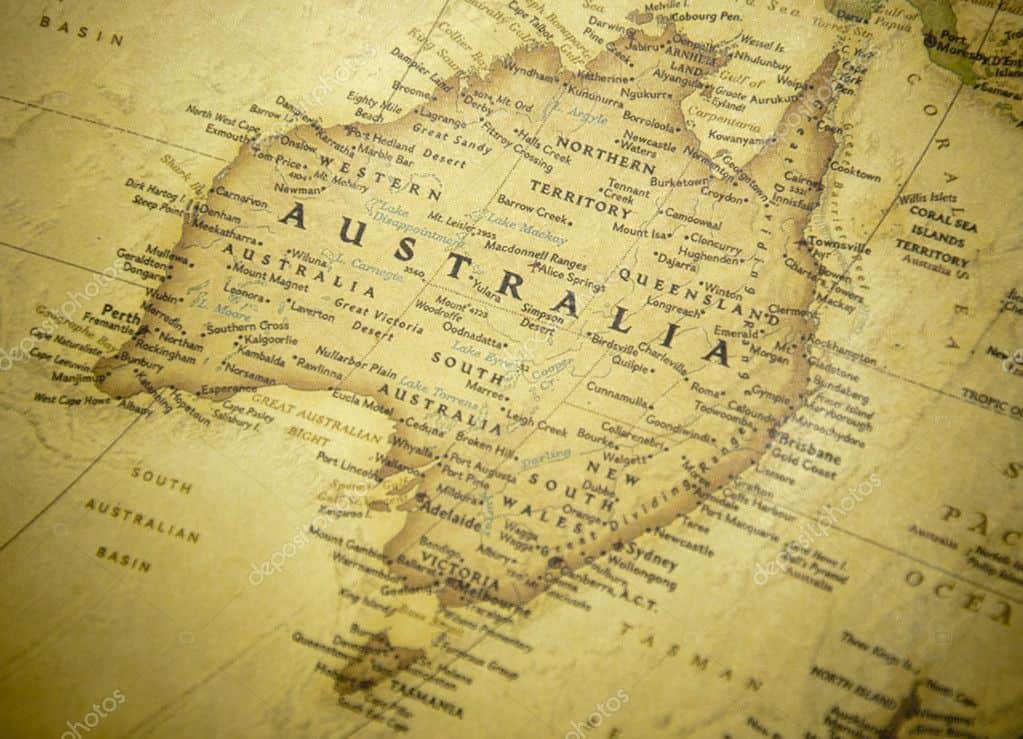
The Australian Capital Territory, or ACT, is a territory located inside the state, New South Wales. It is the country’s federal district and the seat of the country’s government. The territory’s capital is Canberra, which is also Australia’s capital city. People often visit ACT for the National Musem, the National Library, and the National Archives.
Another Territory found in New South Wales, Jervis Bay Territory is a small territory which boasts white sand beaches and sapphire-blue water. Unlike the country’s other popular beaches, the beaches in the Jervis Bay Territory are quiet, and not surrounded by high rises and crowds of people.
The Northern Territory is home to the Uluru, a sacred rock formation to the local Aboriginal Australians. Almost half of the territory is owned by the Aborigine, making the territory a hub for Aboriginal culture. The Kakadu National Park in this territory is also home to some of the world’s oldest cave paintings and rock art. The territory’s largest city is Darwin.
Christmas Island is a small external territory found in the Indian Ocean. The tropical island has been featured on many nature journals for its teeming wildlife, including the migration of thousands of red crabs. About two-thirds of the territory is a natural park and is protected by the government. The territory’s capital is Flying Fish Cove which has a population of around 500.
The Cocos (Keeling) Islands is an archipelago consisting of 27 islands. Most of the islands are made from low-lying coral reefs and these coral-islands allow a flourishing aquatic life and can be a great spot for divers. The two inhabited islands are populated by European-descent Australians and the Malay people.
Although governed by the New South Wales government, Norfolk Islanders have a culture that is distinctly unique to Australians. They have their own language, which is a mix of several languages around the world. Some of them even celebrate American Thanksgiving. The capital is Kingston, which is the second-oldest town in Australia.
These four territories are uninhabited, save for a few scientists and conservationists that visit the territories to study the wildlife. Here’s a fun fact, the Antarctic Treaty prevents other countries to claim territories on the icy continent, but Australia and seven other countries think otherwise.
Australia’s diverse landscapes, people, and culture can offer you just what you’re looking for. If you’re looking to migrate, work, or visit Australia, just know that the country listens to its people.

Comments